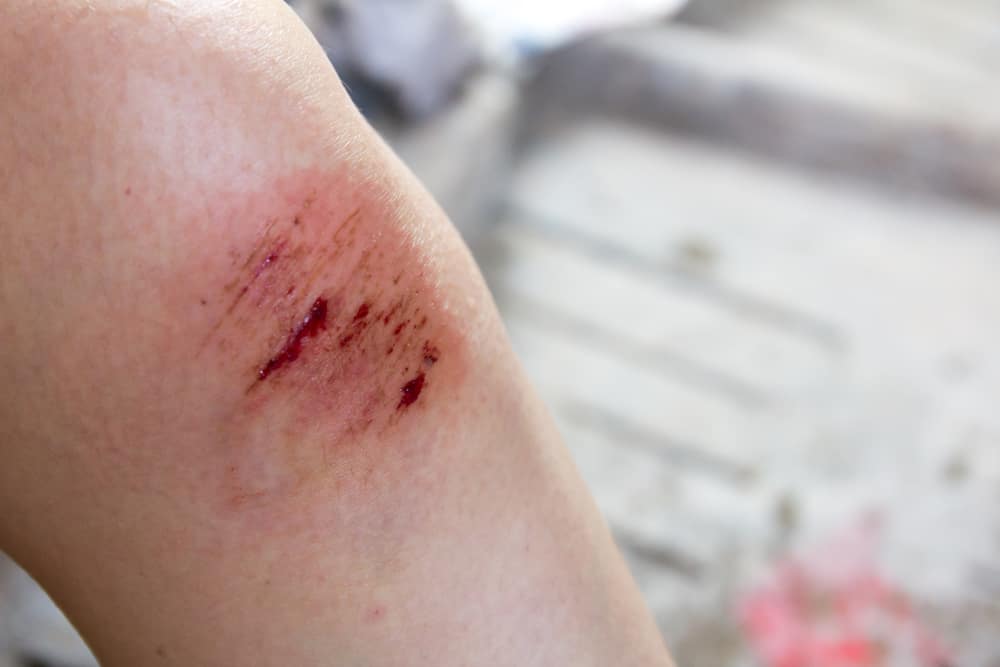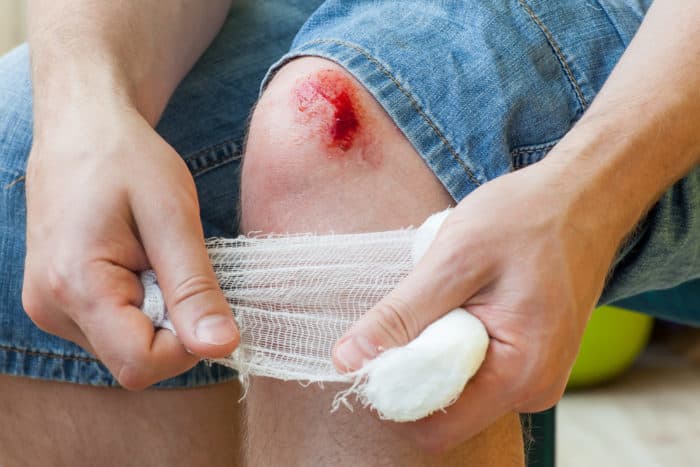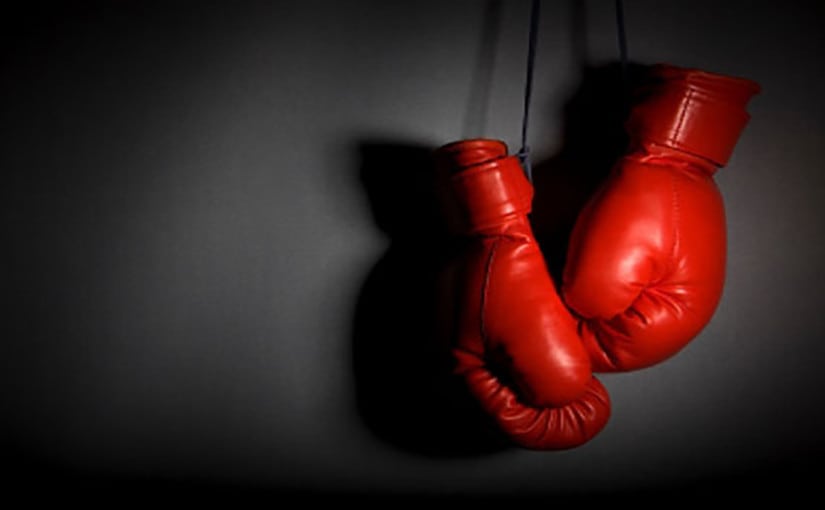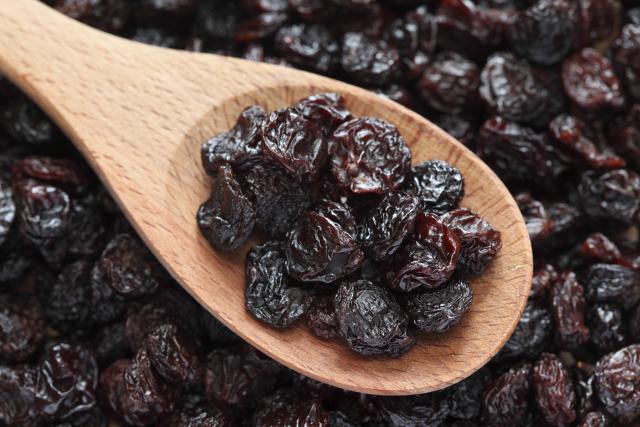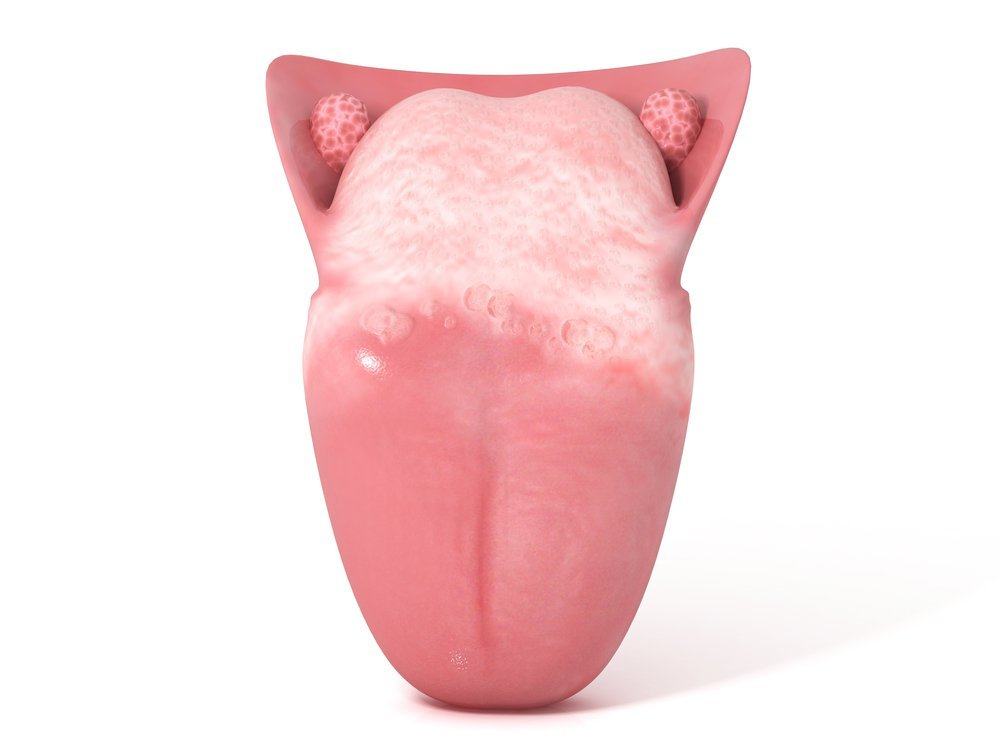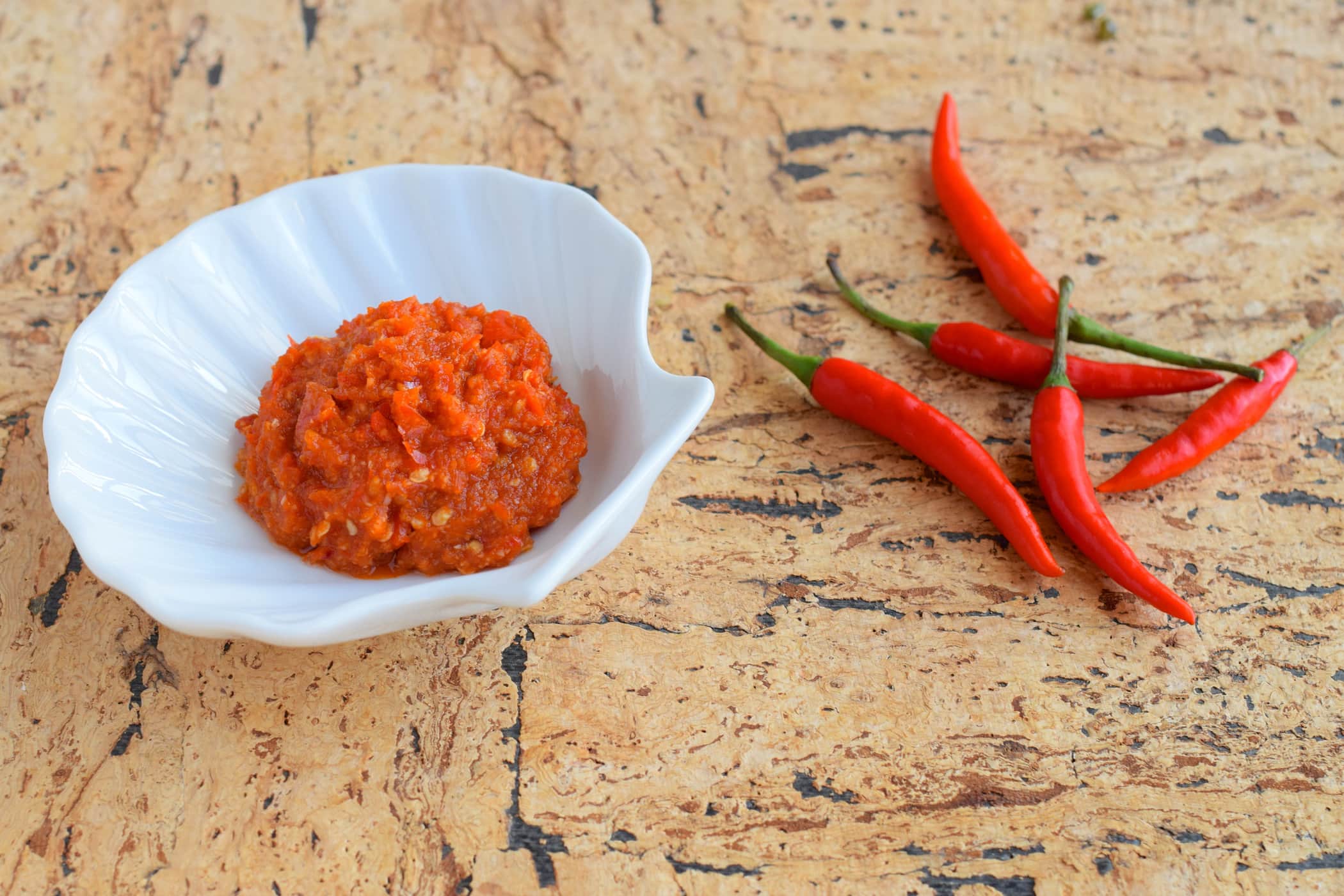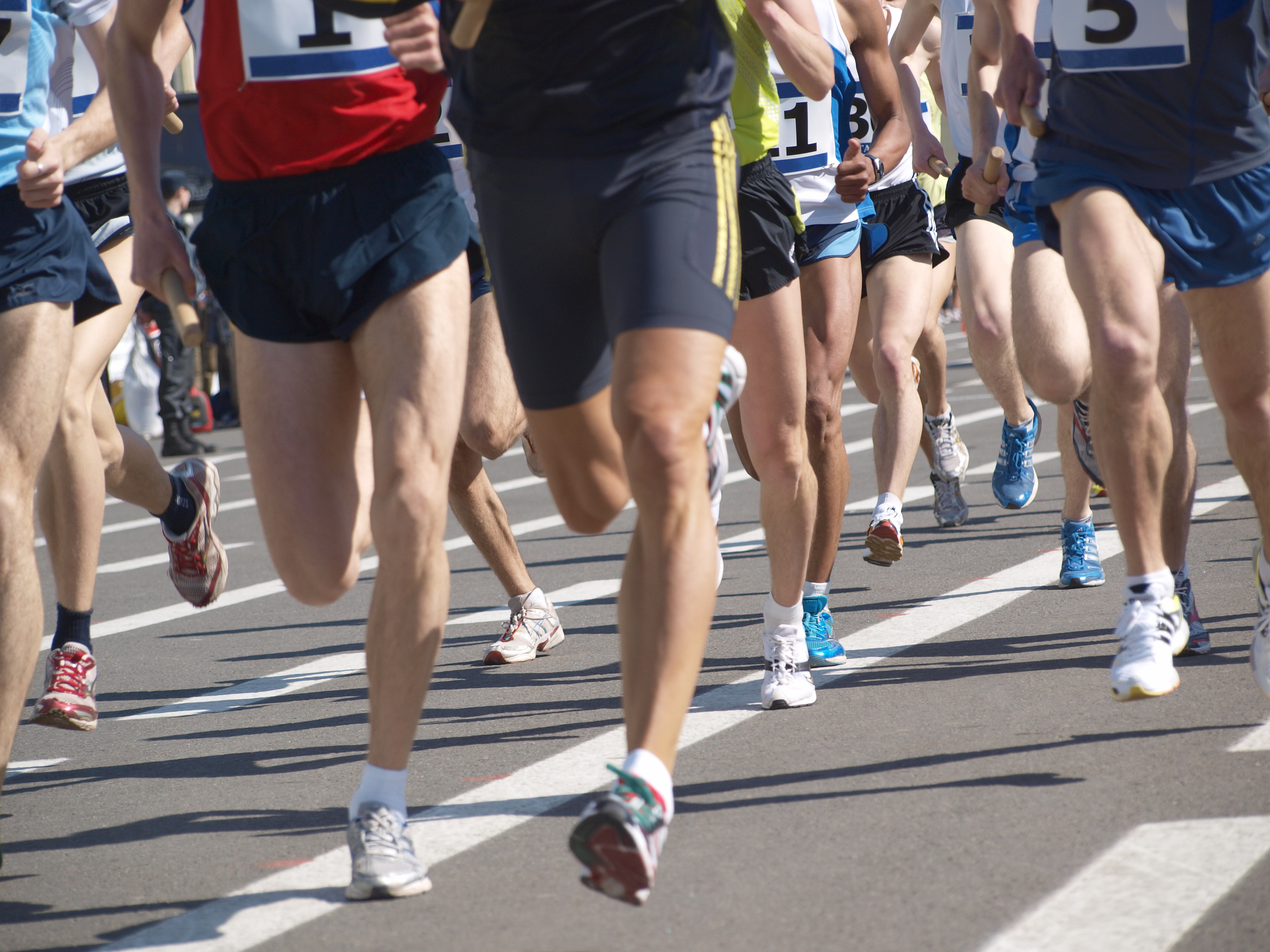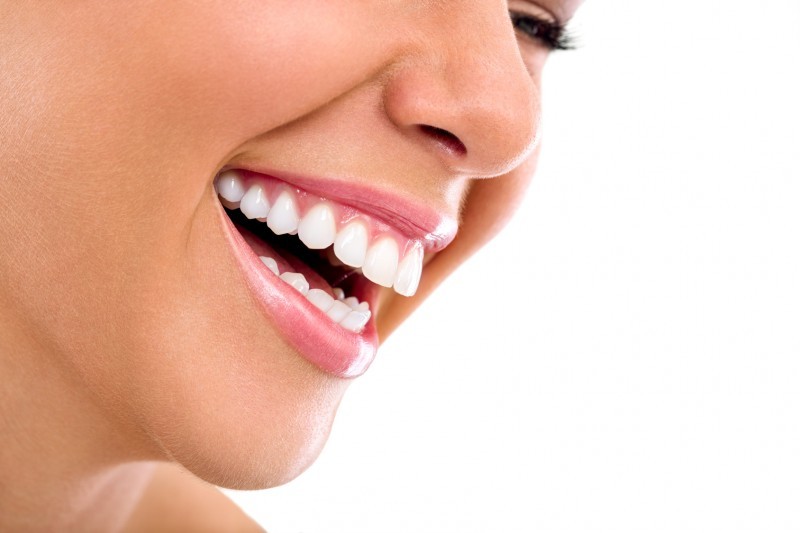Contents:
- Medical Video: Surgical Debridement
- Painful sores when cleansed, does not mean heal faster
- Cleaning wounds using antiseptic fluids PHMB does not make you sore, but still effective
- Steps to clean the correct wound
- 1. Clean with water
- 2. Rub the antiseptic liquid
- 3. Directly cover the wound with plaster
Medical Video: Surgical Debridement
It seems almost everyone has been injured by falling or scratched by sharp objects. But no matter how small the injury is, don't underestimate it. Wounds on the skin must be cleaned quickly in the right way so as not to become an infection. Well, but why does the wound feel sore when cleaned? Words from parents since ancient times say that if you feel sore it is good, because the sign is that the red medicine is effective at working against bacteria. Is that right? Check out what the doctor says below.
Painful sores when cleansed, does not mean heal faster
When met in Kuningan, Wednesday (5/9), Dr. Adisaputra Ramadhinara, a specialist in wound care, explained that the pain that arises when cleaning a wound does indeed come from the contents in a disinfectant wound cleaning liquid such as rubbing alcohol.
Alcohol is a disinfectant that is intended to kill bacteria and germs to sterilize wounds. On the other hand, alcohol also irritates and dries the skin. This is what causes a painful sensation that we have felt during cleaning wounds.
However, the painful sensation does not mean that it is definitely effective for wounds. Applying rubbing alcohol will actually prolong the healing of wounds. The reason is, "disinfectants such as alcohol are not safe for skin tissue that has already been damaged, thus inhibiting the healing process of wounds and increasing the risk of scarring or scabs," said Dr. Adi, as he is familiar.
Cleaning wounds using antiseptic fluids PHMB does not make you sore, but still effective
Ideally so that the wound heals quickly, the wound area must be kept moist. Not completely dry or very wet. These two conditions are precisely the ones that are prone to trigger infection.
Still on the same occasion, Dr. Adi recommends cleaning wounds using antiseptic fluids which are safer for the skin to heal quickly. For example iodine or polyhexanide antiseptic fluid (polyhexamethylene biguanide / PHMB).
Both of these medicinal substances work together effectively to kill germs such as alcohol disinfectants, but it is proven to be safer for damaged skin tissue so that it does not inhibit wound healing. The antiseptic liquid PHMB, in particular, does not cause sore sores when applied to the wound.
Steps to clean the correct wound
As the first and only wound specialist in Indonesia who has received CWSP (Certified Wound Specialist) certification from the American Board of Wound Management, dr. Adi then explained step by step the right way to treat the wound. Curious?
1. Clean with water
First, clean or wash the wound with running water to wash away dust, gravel, or other foreign particles that can infect the wound. After that, let stand for a while or pat the wound area gently with a clean cloth to absorb the remaining water.
Remember, do not wipe the wound until it is completely dry. Make sure the wound area remains moist to speed up the overall healing process of the skin tissue.
2. Rub the antiseptic liquid
When applying antiseptic fluid to the wound area, do not press too hard or spray too close the distance. This method will force the drug content to penetrate into the deeper layers of the skin, so that it becomes ineffective because the damage is limited to only on the surface.
So, apply the liquid slowly so that the drug content remains above the surface of the skin.
3. Directly cover the wound with plaster
No matter how small the wound is, you should immediately cover it with wound plaster to keep the humidity. This method also helps keep the antiseptic fluid content durable on the surface of the skin, aka not quickly evaporating and drying.
Closing the wound with tape, explained Dr. Adi, will make him heal faster than leave open. Because, allowing "naked" wounds will open up opportunities for germs and bacteria from the surrounding air to land on the wound. This is what makes you at risk of developing a wound infection.
Don't forget to replace the plaster at least every other day. Each time you replace the tape, clean the wound first with an antiseptic liquid and leave it for a while until the condition is damp, not wet. Then cover again with a new, sterile plaster.

